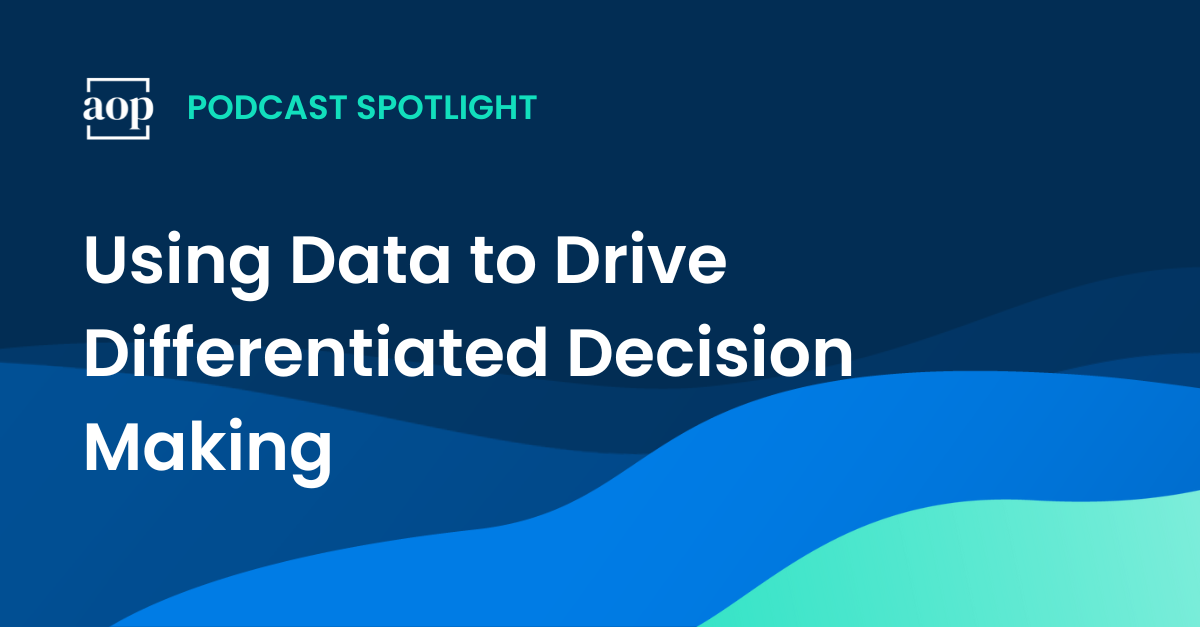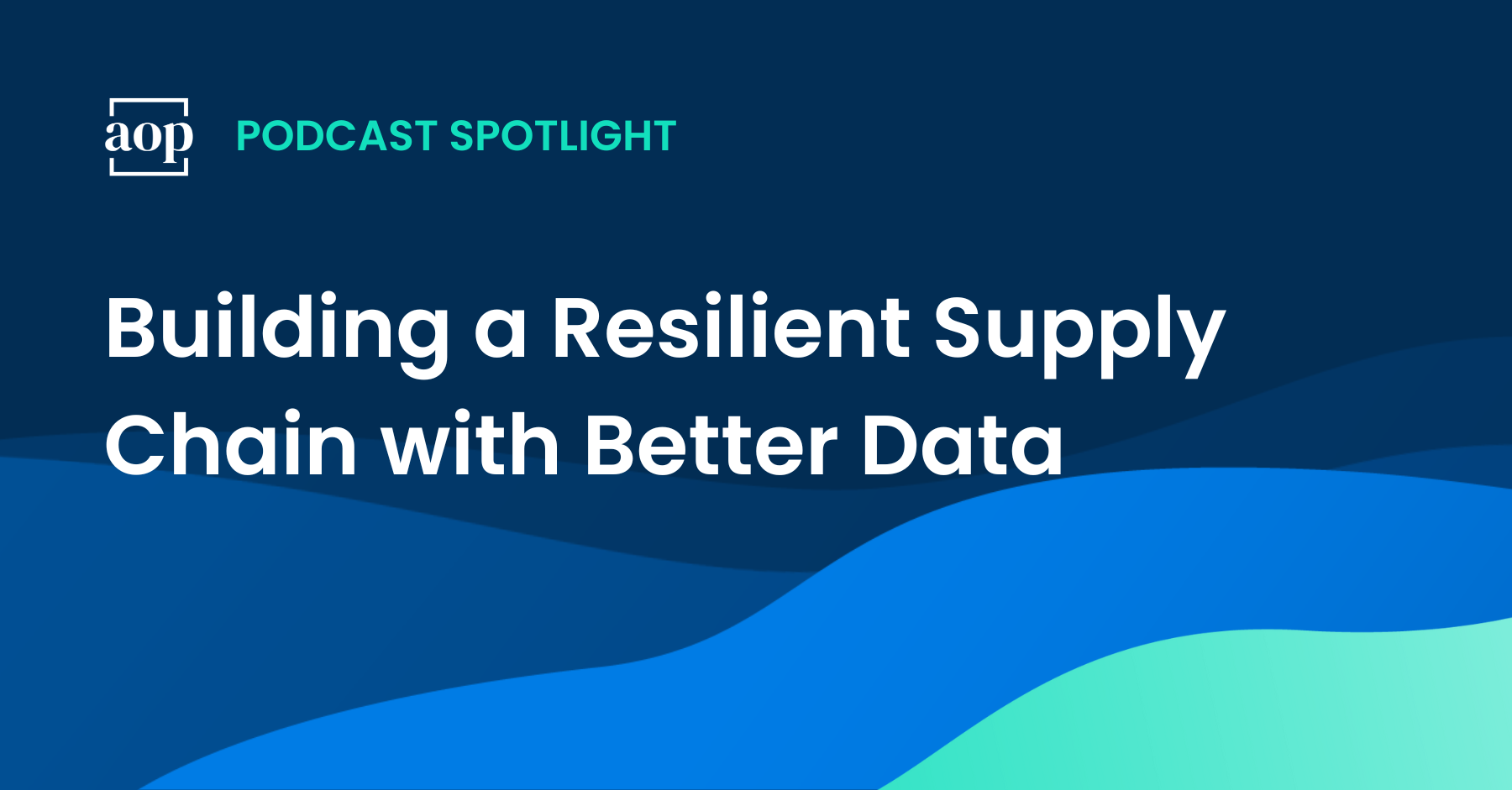
“If we know nothing else, we know that the world shifts and the world changes – frequently and violently. In order for a modern manufacturer to stay relevant and to continue growing and producing a profit, they really have to – in some ways – be forced to embrace data.”
At Art of Procurement, we often talk about the importance of using data to drive differentiated decision making. As straightforward as this sounds, the challenge is real.
It is one thing to gather information into one place and synthesize it. It is another thing entirely to use that data to make decisions – truly differentiated decisions. Those decisions may feel uncomfortable or look like they open the company to additional risk. They are a departure from the status quo for certain, but isn’t that the point?
If you are not planning to make different decisions than you have made in the past, what is the point of going to the effort to gather more varied data? The competitive advantage lies in differentiated decision making, regardless of how uncomfortable or risky it seems. If it were easy, everyone would already be doing the same, and there would be no advantage.
I recently welcomed LevaData CEO Keith Hartley onto the pod (listen here) to talk about the unique challenges faced by direct sourcing professionals given today’s disruptive business conditions. One of the areas we dug into was data. What data do companies have access to and how are they using it? Keith spoke about what he has seen firsthand and what he has learned from leading manufacturers.
Efficiency at the Part Level
One effective use of data is driving efficiency through more precise changes – at the part level whenever possible. As Keith pointed out, “Otherwise, you are just guessing.”
In manufacturing, procurement and supply chain professionals have to be able to address different situations at the part level. Sometimes that means finding a way to pay less for the same quality part, and in other cases it is working at the part level to advance supplier diversity or sustainability initiatives.
Making these adjustments requires all of the expertise that manufacturing teams have access to. If it were as simple as hiring a group of PhD-level data scientists and tasking them with making the organization more efficient, data problems would be a thing of the past.
Keith shared a specific example of what can happen when manufacturers don’t manage risk at the part level. “A leading automobile manufacturer that has over 5,000 parts in one of their trucks was short two parts. They had a risk strategy at the supplier level, but not at the part level. Because of those two parts, they had fleets of trucks they were unable to ship, and it was a work-in-progress inventory that was caught on their balance sheet. They were not able to drive EBITDA and revenue.”
If risk mitigation happens at the wrong level of the supply chain – and in the wrong level of a company’s data – the supply chain is still risky because products may be left incomplete. Customers and shareholders will be equally unhappy when this is the case.
Data Contextualization
The data problem that most manufacturers face today goes beyond centralization and cleansing. Context is absolutely essential. Without context, the value of some of the data-gathering work going on today is reduced and the opportunity to explore differentiated decision making remains out of reach.
Even when data is being collected, many manufacturers lack the ability to turn multiple ‘languages’ into one language so that they can see what is going on part by part, across all bills of material. This is where technology can help, quickly and accurately handling ‘translation’ efforts so companies can make informed decisions and stay ahead of supply chain disruptions.
Making a Move Towards Visibility
Visibility isn’t a new idea – especially in procurement and supply chain. What is new is the expectation that visibility goes beyond seeing data to seeing that same data in context.
Visibility should cut across operating units and divisions. It is all too common to see companies that are buying the same part from the same supplier in five different divisions, and each division is paying a different price. One division might pay multiple times what another division is paying. It is not the supplier’s responsibility to identify those cases and resolve them; that is procurement’s responsibility – but they need the data to do it. That is actionable visibility.
As Keith observed, “I am not seeing data be a deterrent to the sourcing professional. It has empowered them. It has unleashed them.”
It is true that many organizations operate in silos. Design functions design and specify bills of materials without considering the commercial impact of the decisions they are making. Procurement’s hands are often tied by the time a purchase reaches them. The sooner everyone in a manufacturing company has access to data, and the more contextualized that data is, the more efficient, competitive, and risk resilient their supply chain will be.




